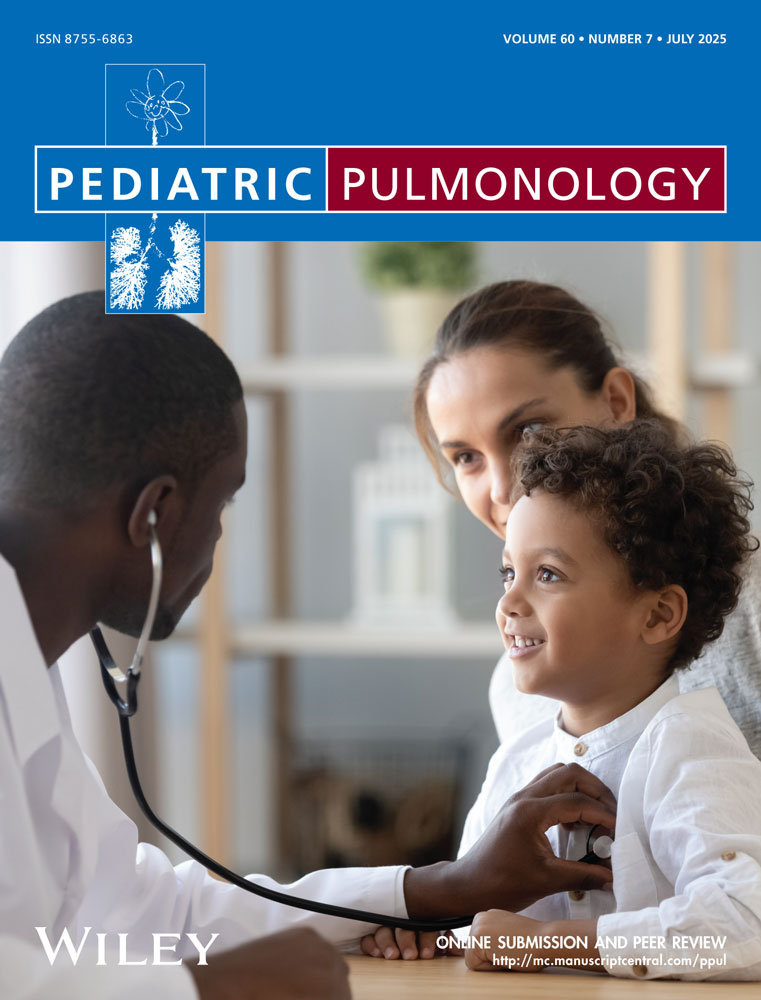Ciliopathy spectrum expanded? Jeune syndrome associated with foregut dysmotility and malrotation
Abstract
We report the association and surgical management of gastrointestinal dysmotility and malrotation with Jeune asphyxiating thoracic dystrophy (JATD), an autosomal recessive condition that often results in respiratory failure due to a small rib cage. A 4-month-old male with JATD presented with vomiting and aspiration pneumonitis compounding already severe respiratory morbidity. A contrast study revealed esophageal and gastric dysmotility with associated malrotation. This was treated surgically with good results. Some cases of JATD are caused by missense mutations in the gene IFT80, which encodes a protein implicated in the process of intraflagellar transport of primary cilia. We speculate that these abdominal complications might also be part of the extending spectrum of ciliopathy. Pediatr Pulmonol. 2009; 44:198–201. © 2009 Wiley-Liss, Inc.




